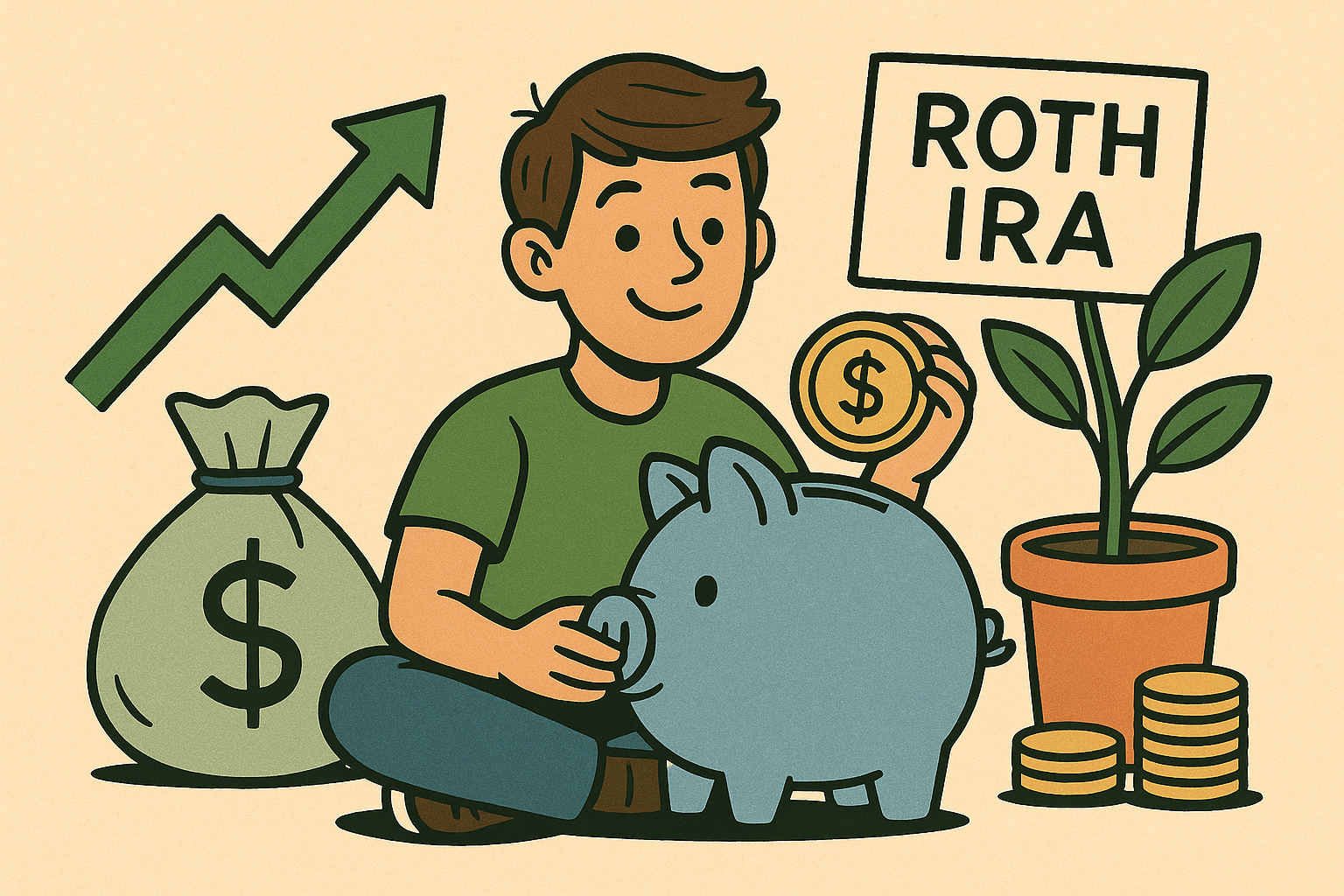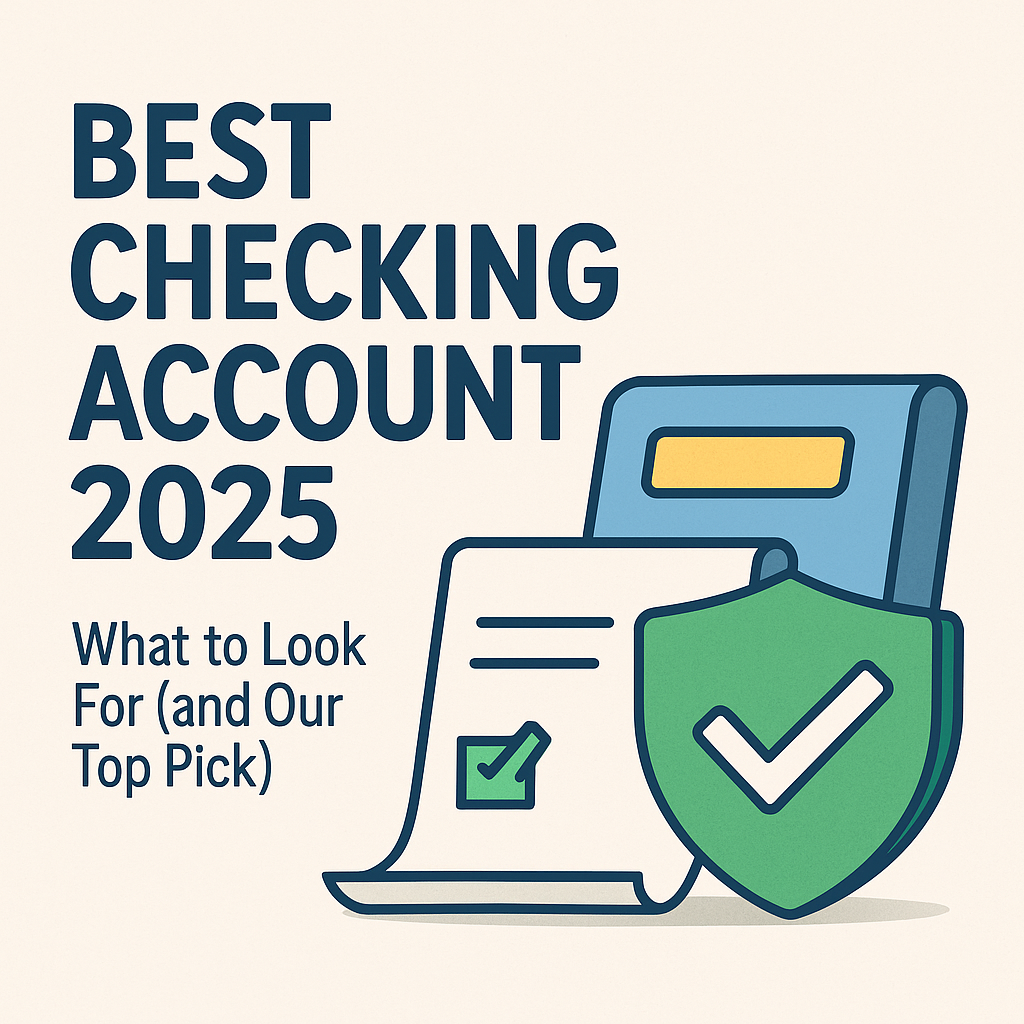This is the second article in our series on the 7 essential financial accounts every young professional should have.
Whether you’ve just landed your first job or are still figuring out your budget, one financial step comes before investing, credit building, or even upgrading your checking account: creating an emergency fund.
Why Building an Emergency Fund Should Be Your First Financial Step
Most people don’t plan for unexpected expenses, and that’s the problem. Emergencies will happen. When they do, having cash on hand keeps you from falling into debt or draining your long-term savings.
Start by saving $1,000 in a high-yield savings account. This creates your financial cushion, money you can access immediately when life throws something at you.
But after that initial $1,000? Here’s where it gets smart.
Can a Roth IRA Help You Build a Better Emergency Fund?
Once your basic emergency fund is set, consider opening a Roth IRA. Yes, it’s a retirement account, but it comes with a special twist: you can withdraw your contributions anytime, without taxes or penalties.
Here’s why that matters:
- You build a stronger safety net without leaving your money idle
- Your contributions grow tax-free while you (hopefully) don’t need them
- If no emergency arises, your Roth IRA becomes a head start on retirement
Most people never tap into it. But it’s there, just in case.
📈 Real-Life Example: Turning Emergency Planning into Long-Term Gains
Let’s say you put $3,000 into a Roth IRA and invest conservatively. If no crisis comes up over the next few years, that $3,000 will likely grow. Now imagine doing that for five years in a row. You’ve not only protected your future self from stress, you’ve built wealth in the background.
✅ What to Look for in an Emergency Fund Setup
To do this right, set up a two-tier system:
- Primary Fund: $1,000 in a high-yield savings account (for true short-term emergencies)
- Secondary Fund: A Roth IRA that you fund monthly ($50–$200), where the principal remains accessible, but the growth stays invested
Make sure the Roth IRA is at a reputable brokerage (Fidelity, Vanguard, or Charles Schwab are great places to start). You don’t need to be an investing expert to begin.
🔎 Why This Works (Psychologically and Financially)
You’re less likely to raid a Roth IRA impulsively. It’s out of sight, out of mind — yet available if needed. That psychological “friction” is one reason this method works so well. Plus, your money doesn’t sit stagnant in a bank.
👼 Angel vs. 😈 Devil Finance
- Angel: Build a flexible emergency fund that grows while you sleep
- Devil: Leave your cash in checking so it’s easy to spend when you’re “bored” at Target
📝 Quick Checklist: What You Should Do This Week
✔ Open a high-yield savings account and save your first $1,000
✔ Choose a brokerage and open a Roth IRA (you can do this online in minutes)
✔ Set up auto-transfers — even $25/week adds up
✔ Invest conservatively or keep part of it in cash
✔ Track both tiers of your emergency fund every 3–6 months
You’ll sleep better knowing your future self is already covered.
🔄 Coming Next: Track Your Spending Like a Pro
In Post 3 of this series, we’ll walk you through setting up an AI-powered budgeting app that syncs all your accounts, tracks subscriptions, and gives you alerts — no spreadsheets or guesswork required.
📥 Want the Full Checklist?
Sign up for our Newsletter
Subscribe to our newsletter and get our free AI finance guide — packed with tools to help you budget, invest, and grow your money.



